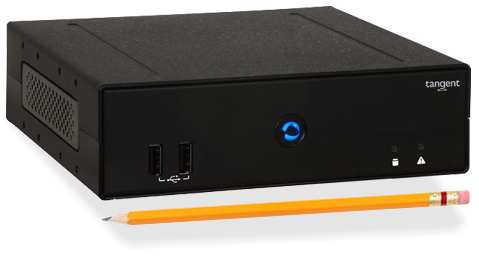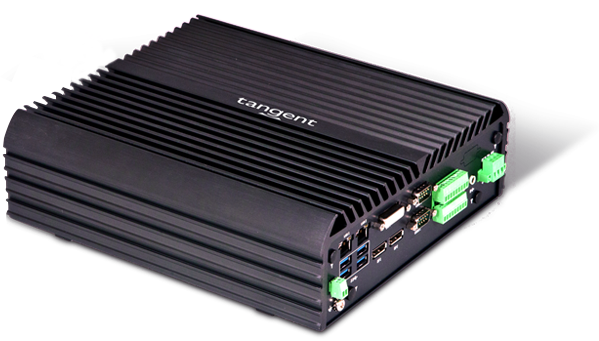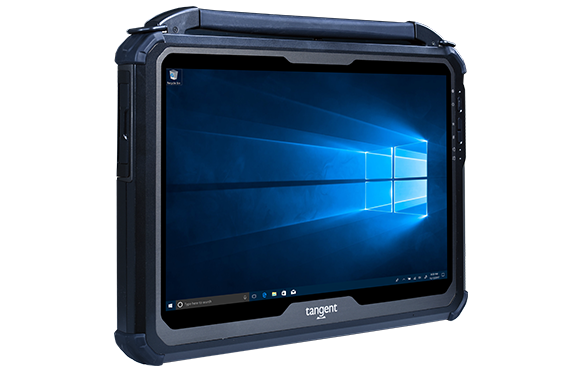One of the most, if not the most, important aspects to be aware of when purchasing industrial PCs is what processor chip, or CPU, the computer is equipped with. The CPU acts as the brain of the industrial PC, running both the operating system and programs present on the PC’s hard drive. Intel is a major manufacturer of processors, with many lines of CPUs such as I3, I5, and I7 lines. One major misconception when looking at processors is the assumption that an I7 CPU will be better than an I5, and an I5 will be better than an I3. While in some cases this is true, it is not a concrete fact and there are many factors that determine which CPU is the best for a given job.

Are I7 Chips The Best?
While it may seem as though I7 chips are the latest(and therefore best) chips on the market, in reality this is not the case. In fact, many I5 chips are just as fast, or faster than their i7 counterparts. This is because the real difference between I3, I5, and I7 chips is actually their architecture, how they are built and what they are built for. Intel updates these chip lines every year, so that every year there is both a new lineup of I5 and I7 chips for industrial PC manufacturers to choose from. For instance, Tangent’s Rugged Mini I rugged mini PC can be customized to have I3, I5, or I7 chip, but each of these chips would be from the Intel 6th generation of processors. Furthermore, the actual speed of processors, referred to as gigahertz, varies between the lines and it is not uncommon at all for higher model I5 processors to be faster than I7 processors.

So What’s The Difference?
One of the main differences between the chip lines is the amount of cache present on the chip. The cache present on a processor serves as a temporary storage area for data that the chip is currently thinking about. For instance, if you were working on a large spreadsheet, the areas of the spreadsheet you were not actively looking at may be stored in the cache for quicker access when you scroll over to that area.I7 chips typically come with a larger cache than I5 chips, and therefore can handle more data at a time. However, the amount of cache an industrial PC actually needs depends largely on the task that required of it. An industrial PC being used by an operator for logistics and spreadsheets may need an I7 chip’s cache size, but another industrial PC being used on an assembly line would do more than fine with an I5’s cache size. Keep this in mind when looking at industrial PCs like the Mini E3 from Tangent, which can fit an I7, I5, I3, or even intel’s lesser known and less power intensive celeron processor.

Where Would I Want An I7 Processor?
One thing that should be noted about I7 processors is that they are more equipped to handle larger tasks than their I5 and I3 counterparts. I7 processors can featured what is known as hyperthreading, which tricks programs into thinking that the processor has twice the amount of cores than it actually does. This significantly increases the speed of the processor, and therefore of the industrial PC over all. Consider the R14 Industrial Tablet from Tangent, which features an 8th generation I7 Kaby Lake processor. This on-the-go industrial tablet has two 4 core CPU options, with either a 6MB or 8MB cache. With hyperthreading, the R14 can operate as though it had 8 cores, and therefore increase the speed at which in handles programs greatly. This makes the R14 great for workers who use industrial programs that require heavy computing.
When Would I Want An I3 or I5 Processor?
While I7 processors have hyperthreading, I5 processors do not. However, they still typically sport 4 cores which is more than enough for the bulk of industrial applications. Take for instance the VITA KW Industrial Panel PC from Tangent, which is capable of sporting either an I3 or I5 processor. The VITA KW line is designed for situations where space may not be as readily available as in an office setting, and it’s all-in-one PC design lends itself to that. Having a full touchscreen and VESA mount, the VITA KW can be placed in situations where other PCs simply could not. With an I3 or I5 Processor, the VITA KW uses less power than an I7 unit, and allows it to be placed virtually anywhere.
The Right Chip For The Right Job
In the end, it is important to determine what an industrial PC’s role in the workplace will be before making the decision of what CPU to put into it. I3 and I5 chips can be just as fast, or faster than I7 chips while consuming less energy. I7 chips can utilize hyperthreading for certain tasks to speed them up. Keeping these things in mind when deciding on what industrial PC to purchase can help keep your workplace operating efficiently.